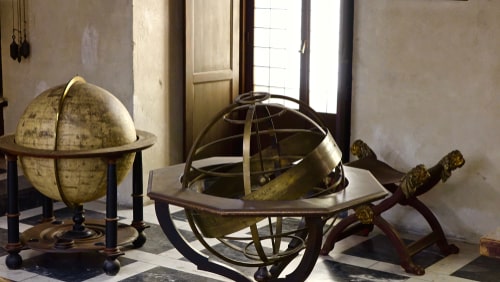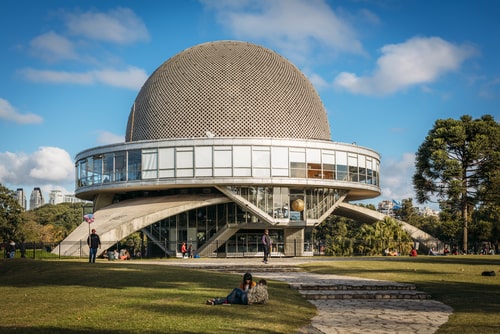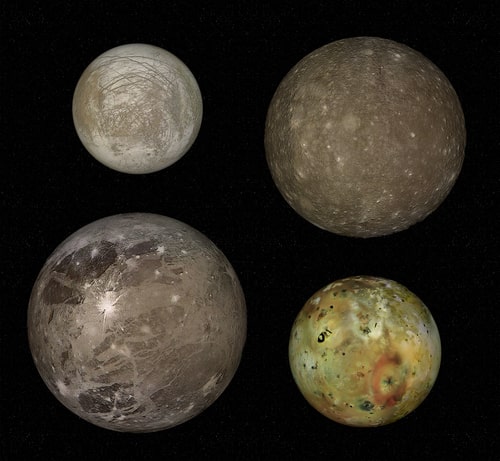Last updated on March 16th, 2020
Galileo Galilei, aka Galileo, was an Italian scientist and scholar. He is best known for his groundbreaking work on modern physics and astronomy. With these 40 interesting facts about Galileo, let’s learn more about his inventions, work in astronomy, life, relationship with the church and more…
Facts about Galileo’s early life, education, attraction towards physics and invention of an improved telescope
1. Galileo was the first of six children born to his parents in a Roman Catholic family. From the beginning of his career, he was intelligent and talented.
2. Galileo seriously considered priesthood at a very young age. However, Galileo’s father wanted him to study medicine at the University of Pisa, for which he enrolled but never completed.
3. In 1585, Galileo had to leave the University of Pisa due to financial concerns. However, he later joined the university as a professor in 1589.

4. Galileo’s contract with the university was not renewed because Galileo was difficult to work with, and, perhaps, because of his inappropriate behavior with his students. Thus, once again he had to leave the University of Pisa and find employment elsewhere.
5. Thereafter, Galileo worked at the University of Padua and gave lectures. There, he made several followers and found his mission in life.
6. His father’s intention behind enrolling Galileo in university for medicine was to help him secure better paying jobs in the field of medicine. Galileo, on the other hand, liked mathematics and physics more than medicine.
7. For a brief period of time, Galileo also worked as an art teacher in the Italian city of Florence.
8. Galileo never married. However, he had three children with Marina Gamba. Two of the children were girls whom Galileo never allowed to marry out of the fear that he would have to pay a hefty dowry. So they were sent to convent and ended up becoming nuns.

9. The most important of Galileo’s inventions is the telescope. However, it is a little-known fact that Galileo was not the first person to invent it. He got the idea for a telescope from Dutch spectacles makers who had invented a spyglass to observe ships. Galileo used the idea to make his own improved telescope with much higher magnification, which he sold to Venetian merchants for spotting ships.
10. Galileo built the first of his telescopes in 1609.
Galileo said, “Facts, which at first seem improbable, will, even on scant explanation, drop the cloak which has hidden them and stand forth in naked and simple beauty.”
11. Another incorrect fact about Galileo is that he was the first to use a telescope to view the sky. Note that Thomas Harriot, an Englishman, was the first to observe the sky with a telescope. However, the only difference between the two is that Galileo also made some important conclusions with his observations of the sky, which Harriot was unable to make. Galileo became famous for his observations that gave the world a better understanding of celestial bodies.

12. In 1610, Galileo was the first astronomer to discover the four moons of Jupiter. These moons were named “Galilean moons” after him. The four moons associated with “Galilean moons” are lo, Europa, Ganymede and Callisto. The largest of the “Galilean moons” is Ganymede. Thus, he discovered the first moons ever known to orbit a planet other than Earth.
13. With his telescopes, Galileo studied the moon, Venus and Jupiter.

14. After 400 years, Galileo’s telescope still survives, and is available in the Istituto e Museo di Storia della Scienza in Italy. The museum has two telescopes and objective lenses, which were built by Galileo himself.
Facts about his house arrest, becoming blind and writing books
15. Did you know that Galileo was kept under house arrest for eight years during the later portion of his life? His period of house arrest occurred between 1634 and 1642, during which time he wrote a book before becoming blind. The book contained the summary of his life’s work, science of motion and strengths of materials. He named the book – “Two New Sciences.”
16. Galileo could not publish his book during the time he was under house arrest. However, it was published in Holland in 1638. Alas, Galileo had become blind and severely ill by this time.
17. It is said that Galileo went blind because he used to observe the sun for long stretches of time while he was looking at sun spots with his telescope.
18. Galileo was a prominent scientist of the 17th century, as he made a number of important contributions during that time.
19. He is dubbed “the father of observational astronomy,” “the father of modern physics” and “the father of modern science.”
20. Galileo conducted a 20-year-long study on the science of motion (kinematics), and published a book called “The Little Balance.”
21. If you are a fan of Albert Einstein, or if he is your favorite scientist, you should know that Galileo was Albert Einstein’s favorite scientist.
Continue reading on the next page…
